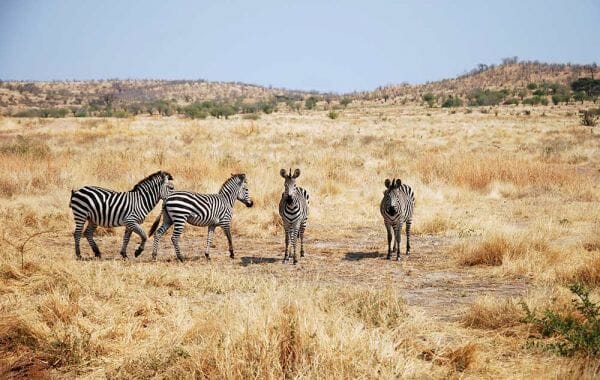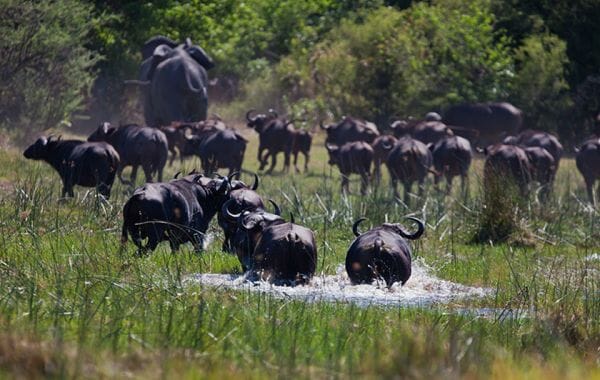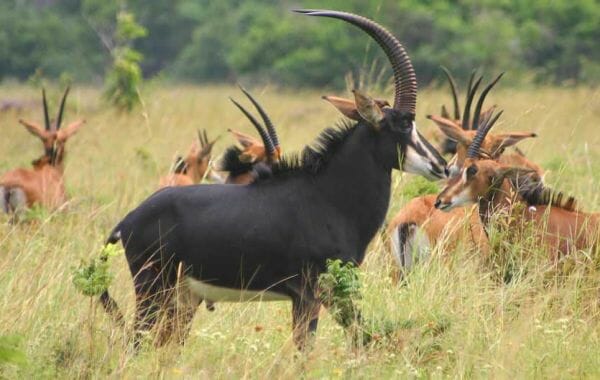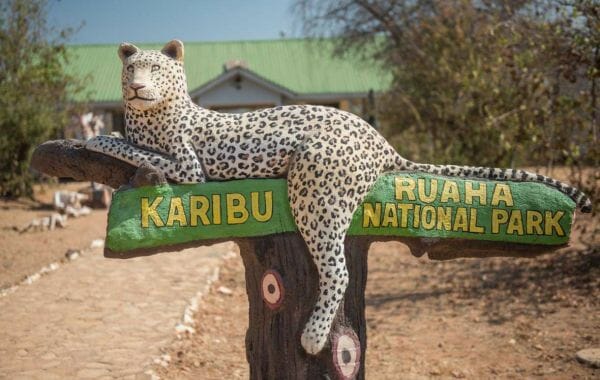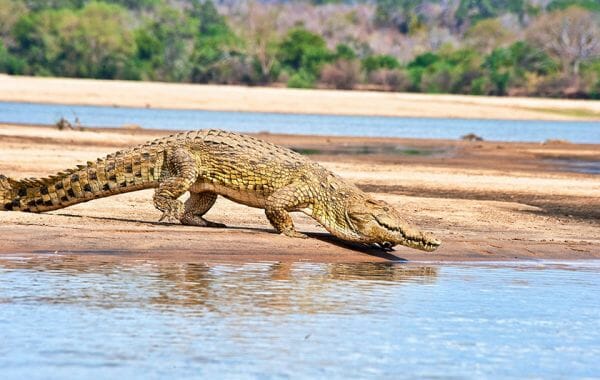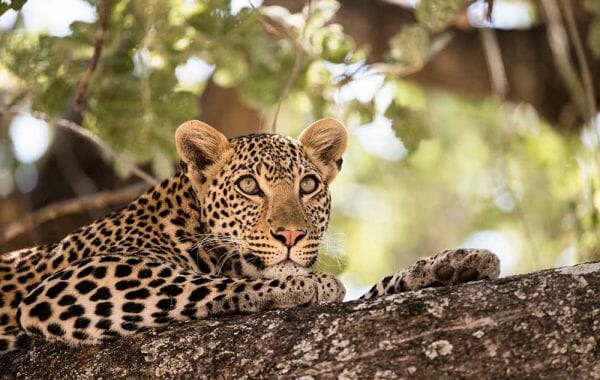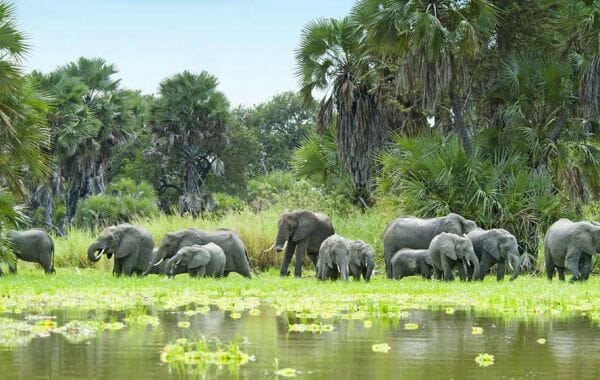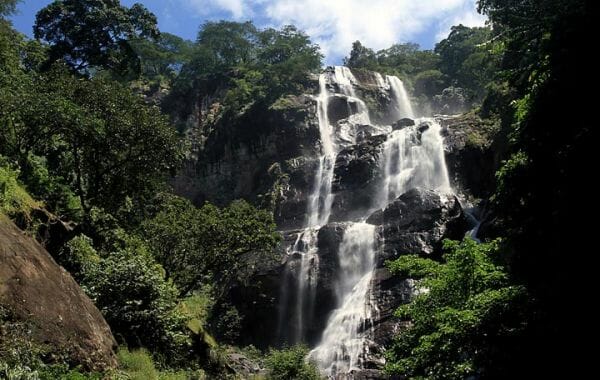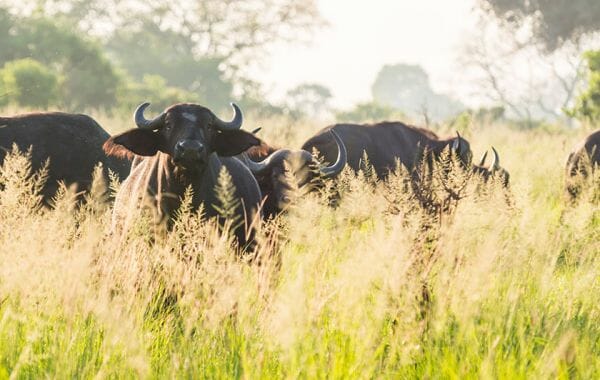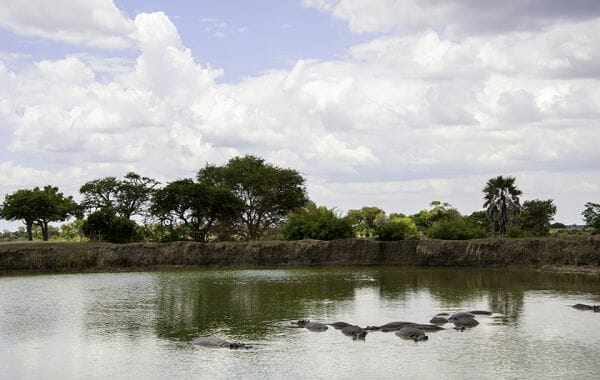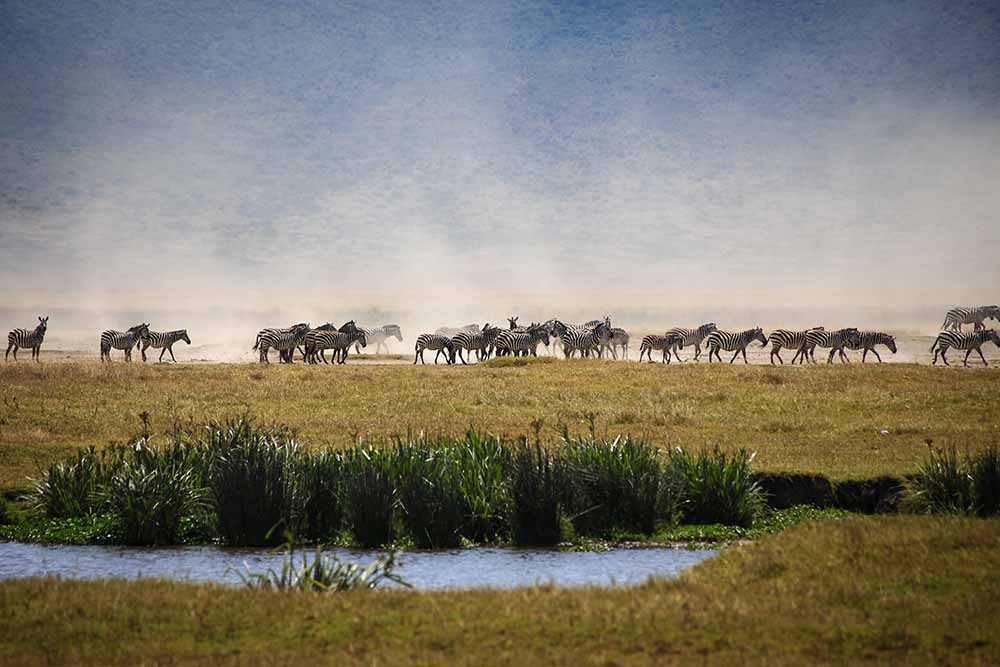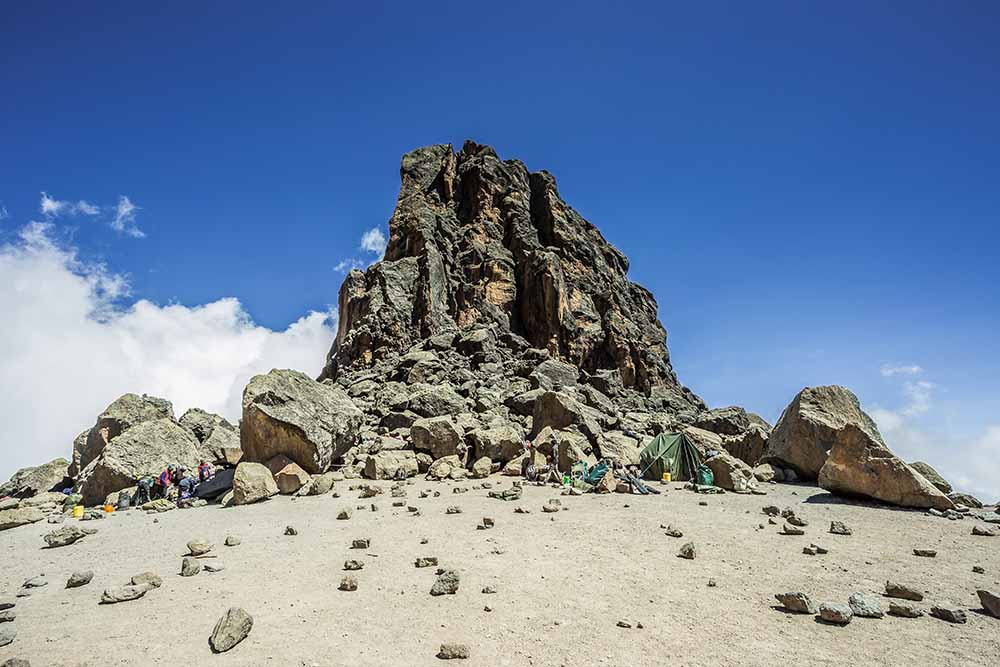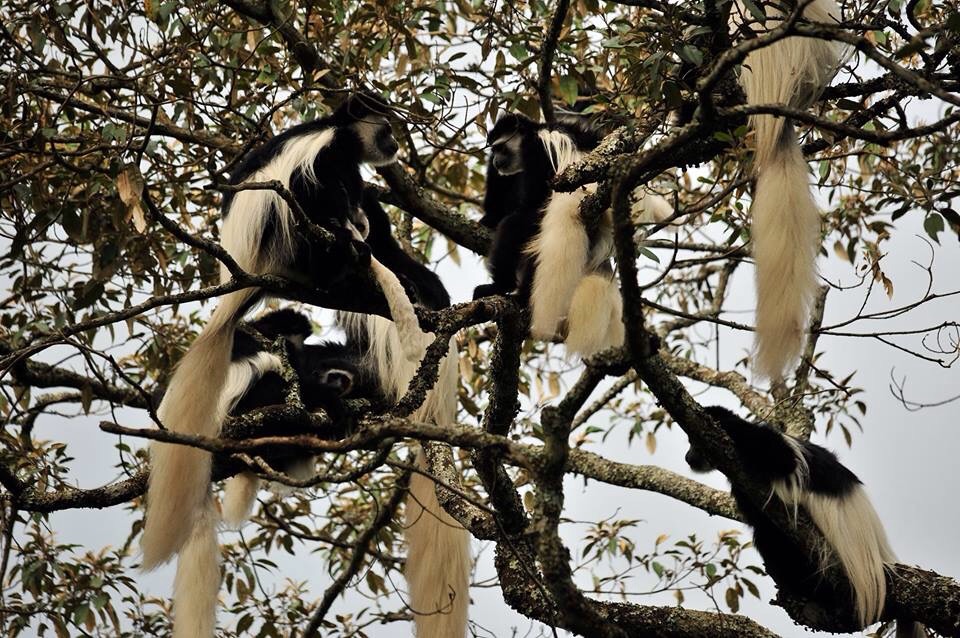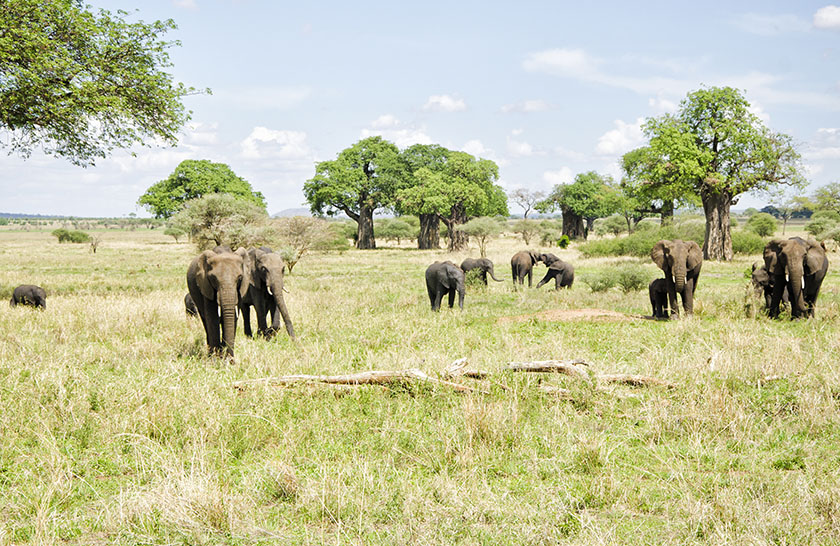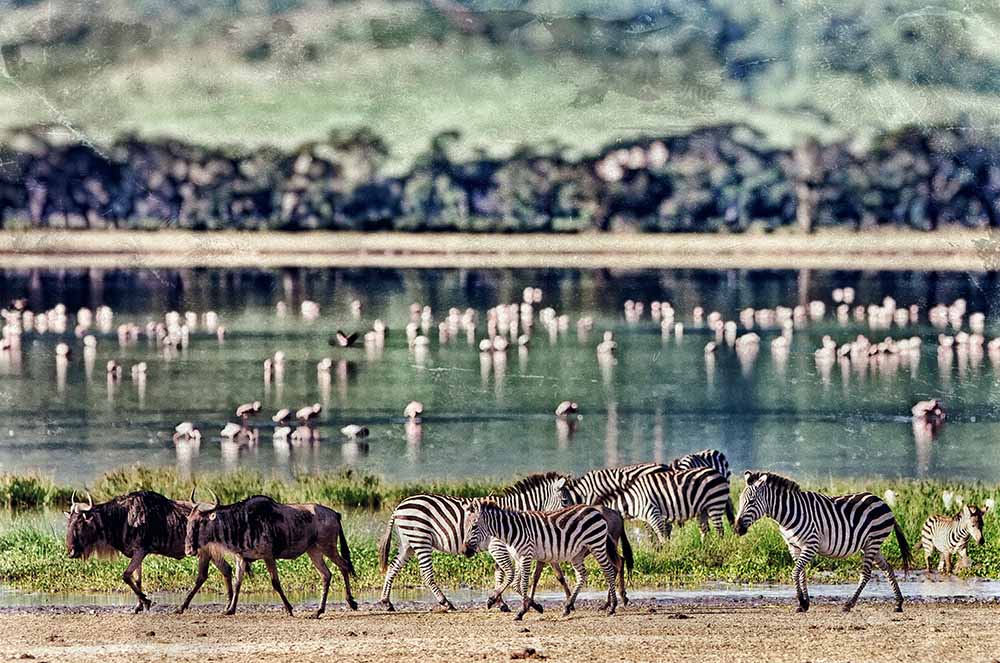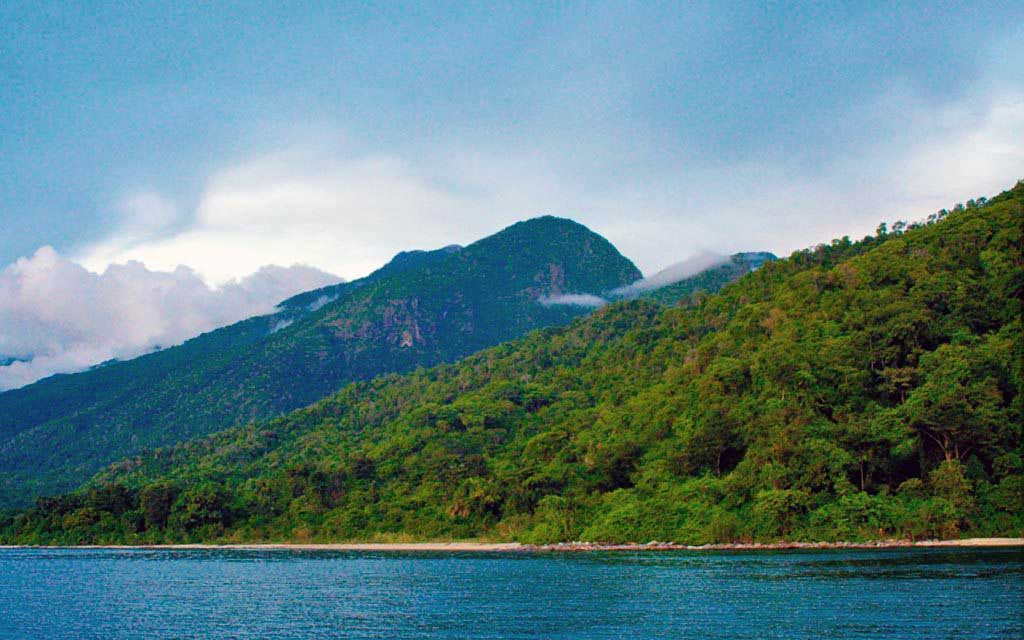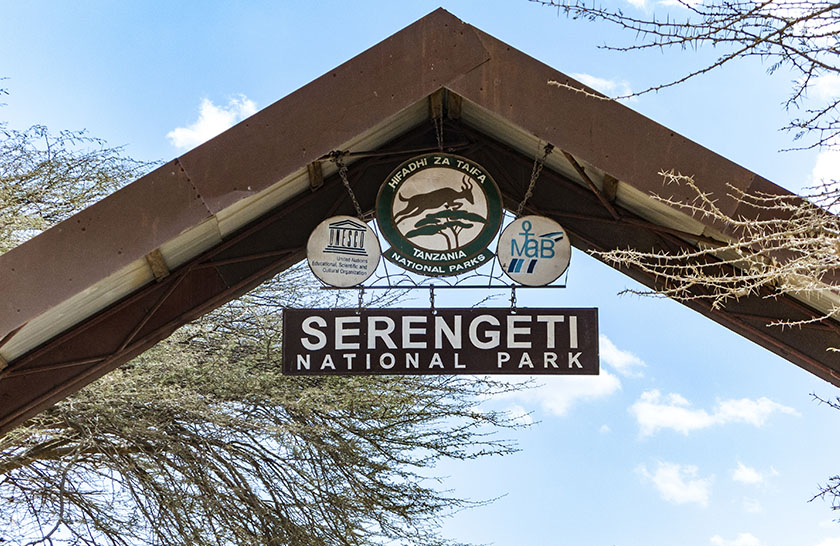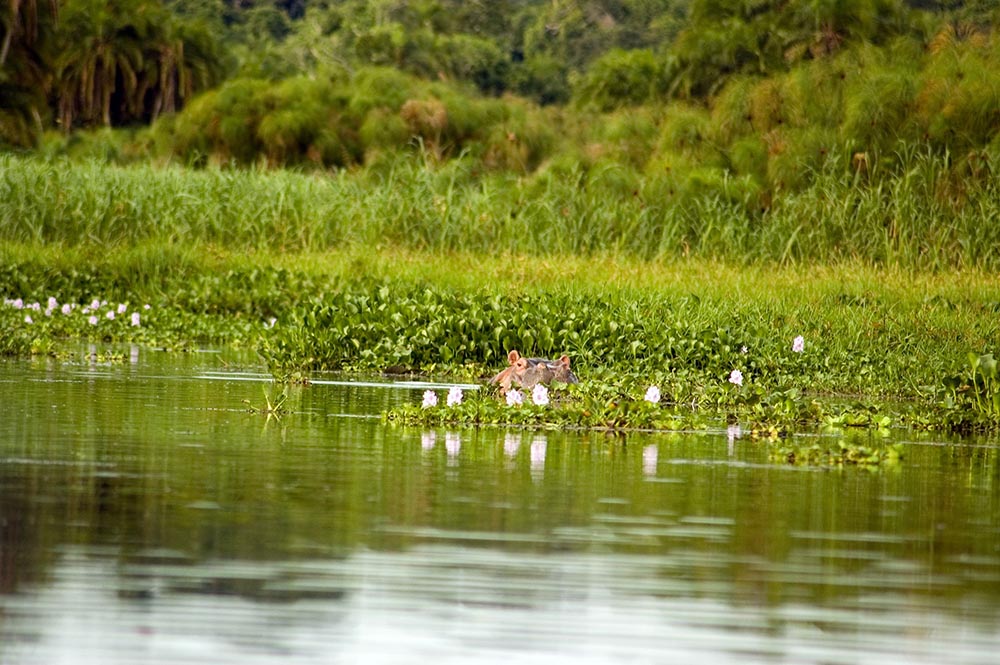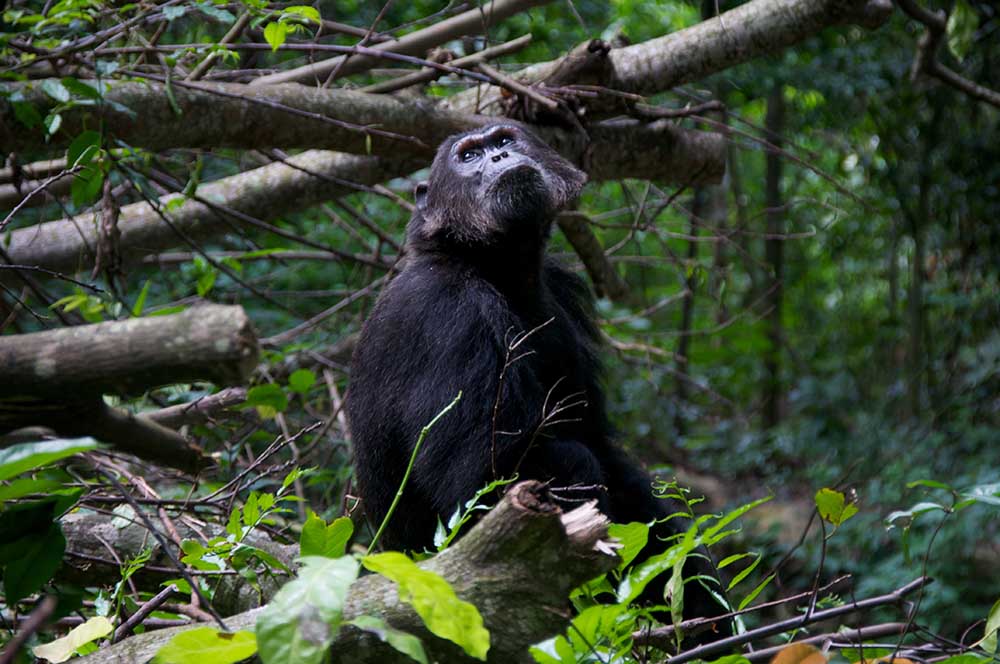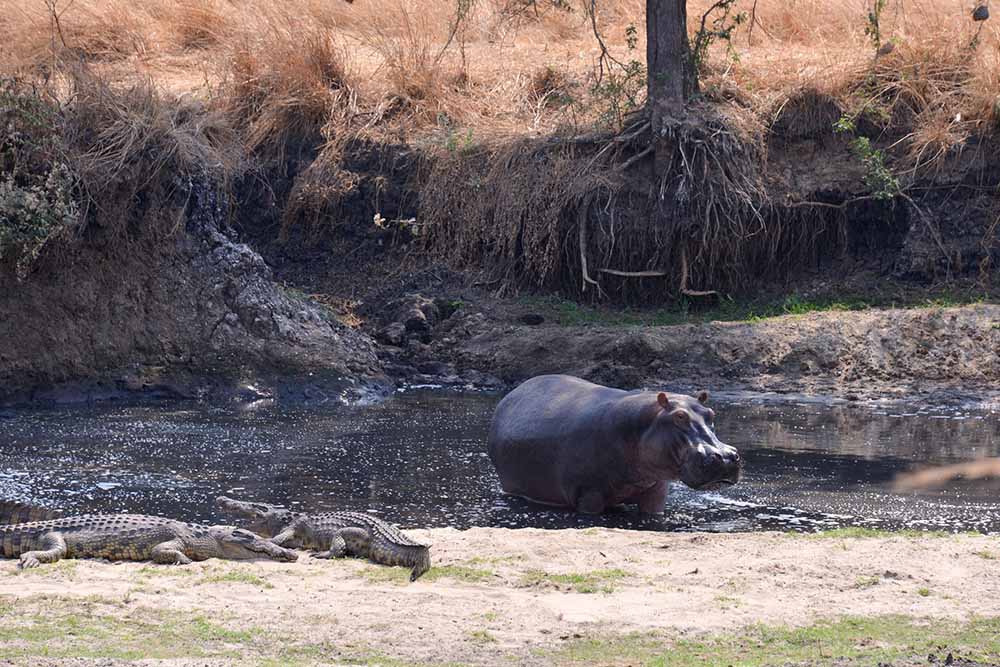Ruaha National Park is the largest national park in Tanzania, nested in the heart of the country. It is one of very few protected wildlife areas where you can spice the game viewing with the sight of breathtaking landscapes. The ecosystem of the park is almost untouched and unexplored, adding the flavor to the visitors safari experience and making it quite unique.
During dry season, Ruaha rivers become the main source of water for wildlife, but apart from the rivers there are several natural springs serving the same purpose.
In the pick of dry season, elephants obtain water from dry river beds by using their front feet and trunks, while the remaining waterfalls along the Great Ruaha River are also important habitat for hippopotamus, fish and crocodiles.
The park has a high diversity of plants and animals including elephants, buffalos, antelopes and some of rare and endangered species like wild dogs. Ruaha is one true ornithology paradise, with more than 571species, of which some are known to be migrants from within and outside Africa. Some of the notable species in the park include Ruaha red-billed hornbill, which is dominant in the area. Though birds can be seen all the year around, the best time for bird watching is during the wet season.
The parks concentration of elephants is believed to be highest, comparing to any national park in East Africa. It is also one of the few places in Tanzania where you can spot rare species of antelopes like Kudu, Sable and Roan antelopes, within the Miombo woodland. Ruaha is also a habitat for endangered wild dogs, while other residents of the park include lions, leopards, cheetah, giraffes, zebras, elands, impala, bat eared foxes and Jackals.
Apart from large mammals, the park is also a home to a number of reptiles such as crocodiles, poisonous and non-poisonous snakes, monitor lizards, agama lizards and frogs.
The rivers of the park represent economical, social and ecological significance for the setting itself, but also the whole country. Main rivers flows include Great Ruaha, Mzombe, Mdonya, Mwagusi and Jongomero.
The Great Rift Valley crosses the park, with its escarpment wall along the western valley side about 50-100m high in the north-eastern parts, and gaining height to the South-West. Natural springs can be found throughout the park and their source lies in the base of the Western Rift Valley escarpment, of which mostly known are Mkwawa, Mwayembe, Makinde and Majimoto springs. They represent a sanctuary for the wildlife in dry season, when most of the rivers run dry.
What to do
Game viewing, long and short wilderness walking safari, bird watching.
The wet season (January –April) is best for bird watching, lush scenery and wildflowers. The male Greater kudu is most visible in June which is their mating season.
How to get there
By air
There are both scheduled and chartered flights into the park mainly from Arusha, Dodoma, Kigoma and Dar-es-salaam. Park’s airstrips are located at Msembe and Jongomero
By road
It is about 130km drive from Iringa town and 625km from Dar-es-salaam city.
The road into the park is passable throughout the year.

